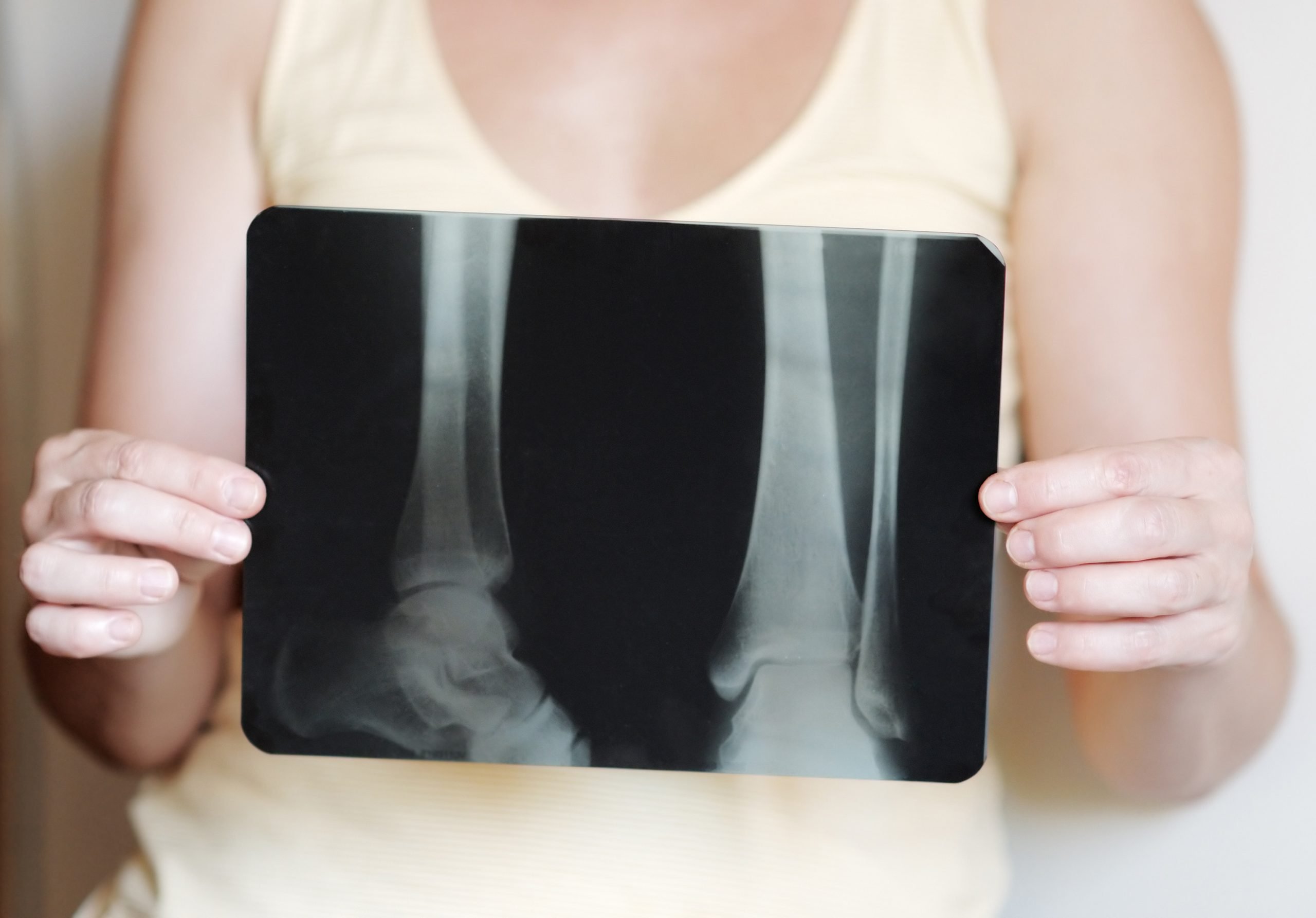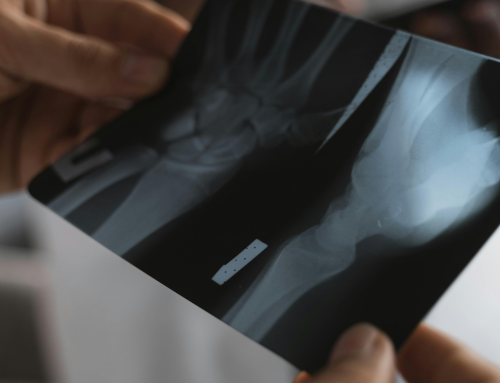Bone fractures are a common yet serious concern that can significantly affect your quality of life. From minor cracks to severe breaks, fractures can disrupt daily activities, lead to prolonged pain, and cause lengthy recovery periods. Beyond the immediate physical impact, fractures can also have lasting effects on bone health, particularly bone density.
Understanding how fractures influence bone density over time is crucial for anyone who has experienced a fracture or is at risk. This knowledge not only helps in managing the healing process but also in taking proactive steps to maintain strong, healthy bones.

Understanding Bone Density
Bone density, or bone mineral density (BMD), measures the amount of minerals (mainly calcium and phosphorous) contained in a certain volume of bone. It is a critical indicator of bone strength and health. Higher bone density typically means stronger bones that are less likely to fracture. Conversely, lower bone density indicates weaker bones that are more susceptible to fractures and other issues.
The Immediate Impact of a Fracture
When a bone fractures, the immediate concern is stabilizing and healing the break. The healing process involves several stages, starting with the inflammation phase, where the body sends blood to the fracture site to form a clot. This is followed by the repair phase, where new bone tissue forms, and finally, the remodelling phase, where the bone is reshaped to its original form.
Long-Term Effects on Bone Density
While the body is remarkably efficient at healing fractures, the process can have long-term effects on bone density. Initially, the bone density around the fracture site may decrease. This is due to the body's focus on repairing the break, which temporarily reduces the density of the surrounding bone. Over time, as the bone heals, the density can increase, but this process varies greatly among individuals.
Factors Influencing Bone Density After a Fracture
Several factors influence how a fracture impacts bone density over time:
- Age: Younger individuals typically heal faster and more completely than older adults. Our bones naturally lose density as we age, making the healing process slower and potentially less complete.
- Nutrition: A diet rich in calcium and vitamin D is essential for bone health. These nutrients help rebuild bone tissue and maintain bone density.
- Activity Level: Weight-bearing exercises can help improve bone density. After a fracture, it is important to engage in activities promoting bone health while avoiding strain on the healing bone.
- Medical Conditions: Conditions like osteoporosis can significantly impact bone density and healing. Individuals with such conditions may experience more prolonged decreases in bone density after a fracture.
Osteoporosis and Fractures
Osteoporosis is a condition characterized by low bone density and weakened bone structure. It significantly increases the risk of fractures, especially in older adults. When someone with osteoporosis suffers a fracture, their already low bone density can make the healing process even more challenging.
The Cycle of Fractures and Bone Density Loss
Unfortunately, fractures and bone density loss can create a vicious cycle. A fracture can lead to decreased mobility and activity, which can cause further bone density loss. This makes the individual more susceptible to additional fractures, perpetuating the cycle.
Preventing Bone Density Loss
Preventing bone density loss is crucial for maintaining overall bone health, especially after a fracture. Here are some strategies to help:
- Nutrition: For bone health, ensure a diet rich in calcium, vitamin D, and other essential nutrients. Dairy products, leafy greens, and fortified foods are excellent sources.
- Exercise: Engage in regular weight-bearing and resistance exercises to strengthen bones and improve density. Activities like walking, jogging, and strength training are highly beneficial.
- Lifestyle Choices: Avoid smoking and excessive alcohol consumption, both of which can negatively impact bone density.
- Medical Interventions: In some cases, doctors may prescribe medications to help maintain or improve bone density. These can be particularly important for individuals with osteoporosis or other bone-related conditions.
Innovations in Bone Healing
Advancements in medical technology have provided new ways to support bone healing and improve outcomes after fractures. One such innovation is the use of Low-Intensity Pulsed Ultrasound (LIPUS) technology.
The Role of LIPUS in Enhancing Bone Healing
LIPUS is a non-invasive technology that uses ultrasound waves to stimulate bone healing. It works by sending painless mechanical forces through the skin and tissue to the fracture site, activating cell reproduction and protein expression. This enhances cellular behaviour, promoting faster and more effective healing.
Benefits of LIPUS for Fracture Healing
Studies have shown that LIPUS can significantly improve the healing process for various types of fractures:
- Fresh Fractures: LIPUS has been proven to accelerate the healing of fresh fractures by an average of 38%. This means individuals can return to their daily activities sooner and with less risk of complications.
- Delayed and Non-Union Fractures: For fractures that are slow to heal or have not healed properly (non-union fractures), LIPUS has shown an 86% success rate in promoting healing. This significant advancement offers hope for those with persistent fracture issues.
The Convenience of LIPUS Treatment
One of the most appealing aspects of LIPUS treatment is its convenience. Designed for self-treatment, LIPUS devices can be used in the comfort of your home or office without needing supervision from a medical professional. The treatment is straightforward and only requires 20 minutes per day, making it easy to incorporate into even the busiest schedules.
LIPUS technology has been used successfully for over 20 years, providing proven results with no known side effects. This makes it a safe and effective option for individuals looking to enhance their fracture healing process.
If you’re dealing with a fresh, delayed, or non-union fracture, consider the benefits of LIPUS technology. The Melmak LIPUS device offers a convenient, proven method to accelerate your healing process. Invest in your health and well-being with the Melmak LIPUS device – a trusted solution for enhancing bone healing and maintaining bone density over time. Contact us to order your device today.
What surprised you about the link between fractures and bone density? What lifestyle changes would you make to improve bone health? Share your thoughts with our readers in the comments below.





